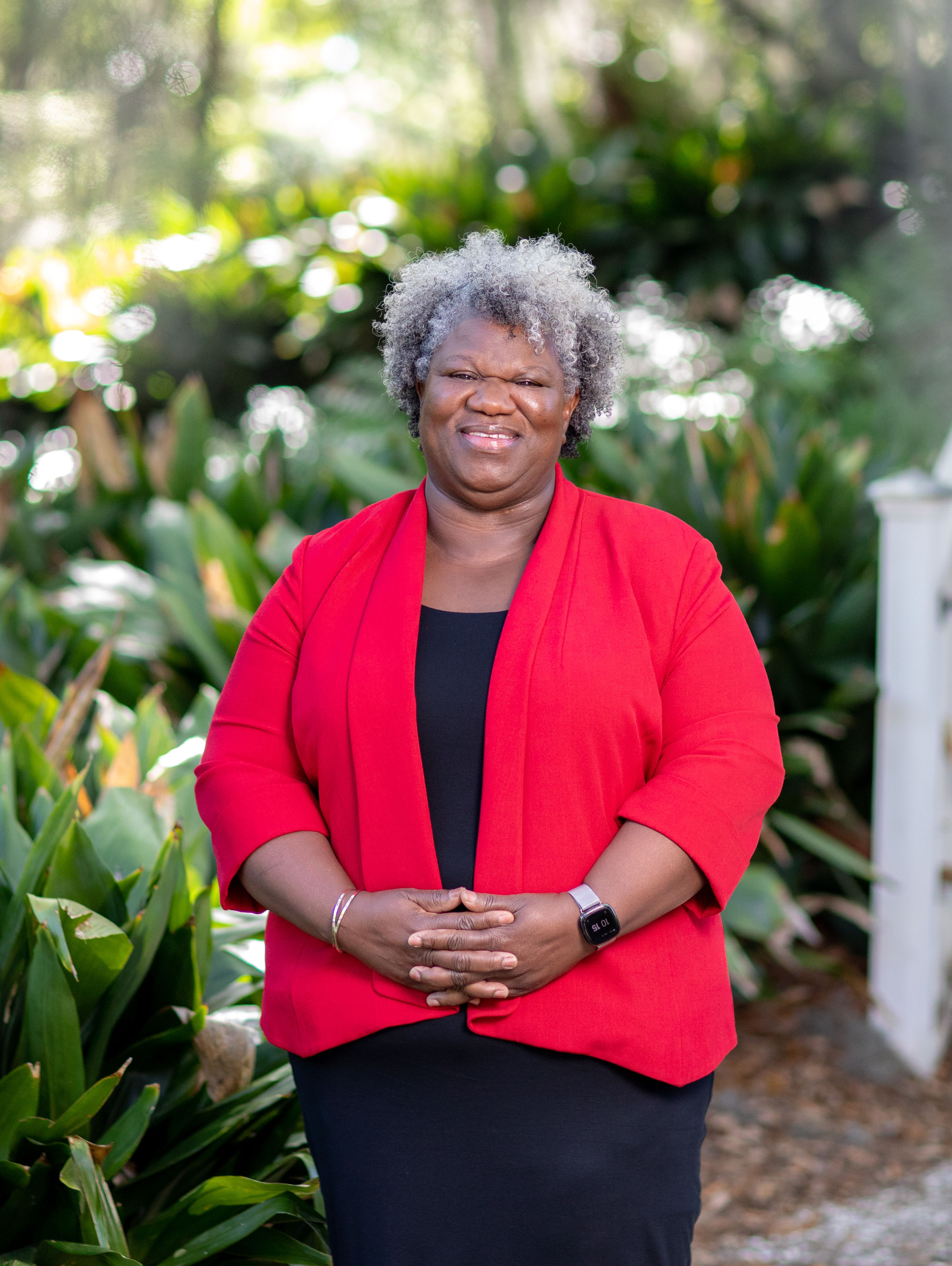For nearly 20 years, Dr. Jennie L. Stephens has been a champion in breaking down barriers so that families can build generational wealth and grow working landscapes with their inherited property. South Carolina’s Center for Heirs’ Property Preservation (CHPP™), where Equity Commission Agriculture Subcommittee member Dr. Jennie L. Stephens serves as CEO, helps historically underserved families who jointly own land that is vulnerable to disposition and underutilization.
At CHPP™, she’s able to realize her life’s work to remedy injustices by aiding heirs’ property landowners who have limited or no access to financial resources or government programs. Heirs’ Property, land inherited by family without a will or legal documentation of ownership, is an important issue that impacts generations of families and tens of thousands of land acreage across the United States. For Dr. Stephens, it was important to raise issues of heirs’ property with the Equity Commission in hopes of raising awareness and informing positive change for impacted families.
“I joined the Equity Commission to not only amplify the need to address barriers to accessing USDA programs but to offer alternatives for USDA to consider through our recommendations,” Dr. Stephens said. “Specifically, I wanted to share potential solutions on how the Department can be more inclusive and raise awareness to the fact that there are Americans across various demographics who lack access and opportunity to USDA programs.”
Historically, heirs have faced hurdles in receiving benefits and participating in USDA’s programs due to the lack of proof of ownership or control of land that would establish a farm number that is required for access. While USDA has been working to reduce challenges with the Heirs’ Property Relending Program and making help available to establish a farm number required for programs, there’s room for additional support for heirs’ families. To help establish a farm number for heirs, the 2018 Farm Bill authorized the use of alternative documentation from the typical owner verification or lease agreement. However, without a clear, marketable title, heirs still face restrictions from programs like receiving access to rural development loans or price support and disaster assistance.
“Those who lack clear title to their property will not advance as far as someone who does and has had access to USDA programs for years, and to me, achieving equity means leveling the playing field for all heirs’ property owners/producers,” Dr. Stephens said.
Dr. Stephens brought forward her recommendations that would offer a more holistic approach by USDA to heirs’ property issues and improve outcomes for families without a clear title. Recommendations to provide non-loan options for producers to prevent the creation of heirs’ property and fractionated land and provide assistance to resolve heirs’ property estates and be inclusive of legal costs, are all included in the Equity Commission final report.
“Without a title, you don’t have much to show for the land you have, and you can’t use this land as collateral,” Dr. Stephens explained. “At CHPP™, for 19 years we have used grants and cooperative agreements to deliver free legal services to help fix title issues, thereby, equalizing the playing field in ability to access the full suite of USDA programs.”
For heirs’ property landowners, USDA has several special provisions and resources including targeted funding through farm loans, crop insurance benefits, and conservation program benefits. Additionally, once heirs’ property landowners have a clear title and farm number, the Department offers support through a variety of farm loans, risk management, disaster assistance, and conservation programs.
“I commend USDA for the first step,” Dr. Stephens said. “And I don't want that to be the only step. I’m excited about the implementation of the Equity Commission’s recommendations by USDA in efforts to advance equity for all.”
For more information on the next Equity Regional Convening, visit the Equity page. The Equity Commission Final Report is available in both English (PDF, 2.0 MB) and Spanish (PDF, 1.7 MB).

